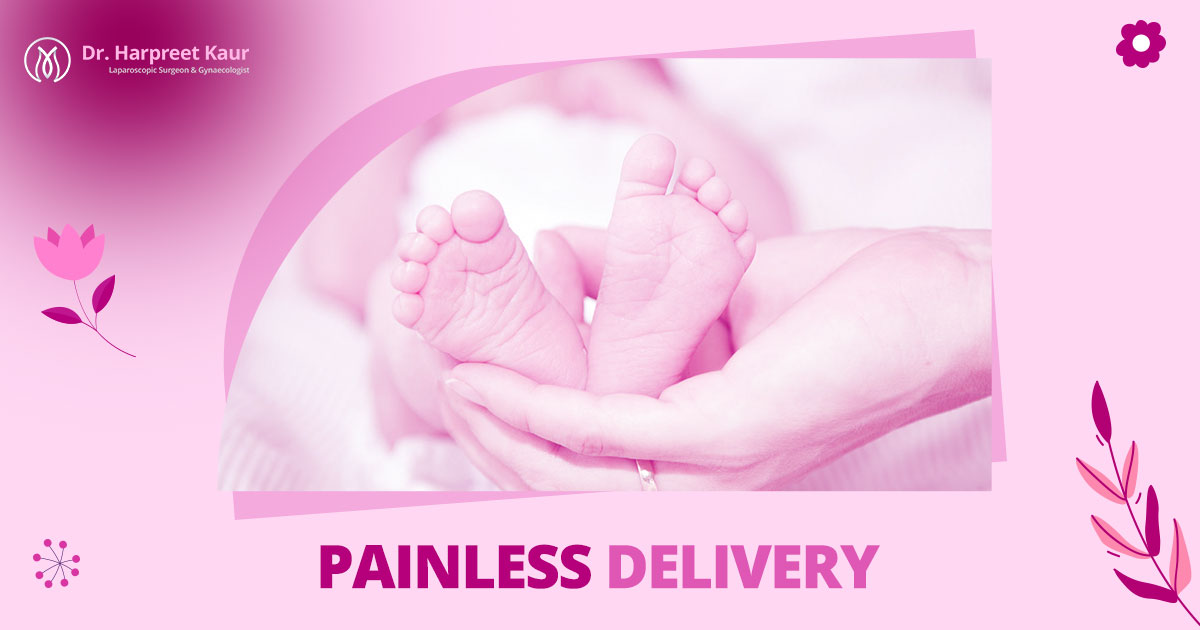Clinic Location
Care n Cure Clinic, Nayapalli, Near Hotel Crown, Bhubaneswar
For Consultation
+91 7008110200
+91 9090910009
Work Hours
Mon - Fri : 05:30 - 07:30
- Home
- About Doctor
- Services
Postnatal care
Gynaecological services
- General Consultatnt
- Adolescent Clinic
- Well Women Clicnic
- Gynaecological Surgeries
- Gallery
- Your Pregnancy
- Training
- Contact
- Feedback
- Blog
- Home
- About Doctor
- Services
Postnatal care
Gynaecological services
- General Consultatnt
- Adolescent Clinic
- Well Women Clicnic
- Gynaecological Surgeries
- Gallery
- Your Pregnancy
- Training
- Contact
- Feedback
- Blog
- Home
- About Doctor
- Services
Postnatal care
Gynaecological services
- General Consultatnt
- Adolescent Clinic
- Well Women Clicnic
- Gynaecological Surgeries
- Gallery
- Your Pregnancy
- Training
- Contact
- Feedback
- Blog
Things You Should Know About Painless Delivery

Uterine fibroids are a common yet often misunderstood condition affecting millions of women worldwide. While they are non-cancerous growths, fibroids can cause significant discomfort and complications if left untreated. Understanding uterine fibroids—their symptoms, causes, and treatment options—is essential for women’s reproductive health.
What Are Uterine Fibroids?
Uterine fibroids, also known as leiomyomas or myomas, are benign (non-cancerous) tumors that develop in or around the uterus. They can vary in size, from tiny, undetectable nodules to large masses that distort the uterus.
Types of Uterine Fibroids
Fibroids are classified based on their location within the uterus:
- Intramural Fibroids – Grow within the muscular wall of the uterus.
- Subserosal Fibroids – Develop on the outer surface of the uterus.
- Submucosal Fibroids – Found beneath the inner lining of the uterus, often causing heavy bleeding.
- Pedunculated Fibroids – Grow on a stalk, either inside or outside the uterus.
Common Symptoms of Uterine Fibroids
Many women with fibroids experience no symptoms, but when they do, they can be severe and impact daily life.
- Heavy Menstrual Bleeding
One of the most common symptoms, fibroids can cause prolonged and excessive menstrual bleeding, leading to anemia and fatigue.
- Pelvic Pain and Pressure
Large fibroids can exert pressure on surrounding organs, causing pelvic discomfort, bloating, and lower back pain.
- Frequent Urination
Fibroids pressing against the bladder can result in increased urination or difficulty emptying the bladder.
- Pain During Intercourse
Depending on their size and location, fibroids may cause discomfort or pain during sexual intercourse.
- Infertility and Pregnancy Complications
Fibroids can interfere with implantation, pregnancy, and labor, increasing the risk of miscarriage or complications during childbirth depending on their location.
Causes and Risk Factors of Uterine Fibroids
The exact cause of fibroids remains unclear, but several factors contribute to their growth.
Hormonal Influence
Estrogen and progesterone, the primary female hormones, stimulate fibroid growth.
Genetic Predisposition
A family history of fibroids increases the likelihood of developing them. If your mother or sister had fibroids, your risk is higher.
Lifestyle and Environmental Factors
- Diet high in red meat and processed foods
- Obesity (higher estrogen levels)
- Lack of exercise
- Excessive alcohol consumption
How Are Uterine Fibroids Diagnosed?
Ultrasound and MRI
A pelvic ultrasound is the most common method to detect fibroids. In some cases, an MRI provides a clearer image of the fibroids’ size and location.
Hysteroscopy and Laparoscopy
For deeper investigation, doctors may use:
- Hysteroscopy (inserting a camera into the uterus)
- Laparoscopy (a minimally invasive procedure using a small camera)
Treatment Options for Uterine Fibroids
The best treatment depends on symptoms, fibroid size, location, and future pregnancy plans.
Medications and Hormonal Therapy
- Birth Control Pills – Help regulate bleeding but do not shrink fibroids.
- GnRH Agonists – Temporarily shrink fibroids by reducing estrogen levels.
- Anti-inflammatory Drugs – Reduce pain and cramping.
Minimally Invasive Procedures
- Uterine Fibroid Embolization (UFE) – Cuts off blood supply to fibroids, causing them to shrink.
- MRI-Guided Focused Ultrasound – Uses sound waves to destroy fibroids.
Surgical Treatments
- Myomectomy – Removes fibroids while preserving the uterus, ideal for women who want children.
- Hysterectomy – Complete removal of the uterus, the only permanent solution.
Dr. Harpreet Kaur’s Approach to Uterine Fibroids
Dr. Harpreet Kaur, a leading expert in women’s health, advocates for a personalized treatment approach. She emphasizes:
- Early diagnosis and regular monitoring
- Lifestyle modifications for symptom relief
- Minimally invasive procedures for faster recovery
Her patient-centric approach ensures women receive the best care with minimal discomfort.
Can Uterine Fibroids Be Prevented?
While fibroids can’t always be prevented, certain lifestyle choices may lower the risk:
- Eating a fiber-rich, balanced diet
- Maintaining a healthy weight
- Exercising regularly
- Managing stress levels
Living with Uterine Fibroids: Managing Symptoms Naturally
If surgery or medications aren’t an option, other ways can help manage symptoms:
- Acupuncture for pain relief
- Yoga and Meditation to reduce stress
- Hydration and Iron-Rich Diet to combat anemia
Conclusion
Uterine fibroids are a common condition, but with early diagnosis and proper treatment, women can manage symptoms effectively. Whether through lifestyle changes, medications, or surgery, there are multiple ways to address fibroids. Consulting a specialist like Dr. Harpreet Kaur ensures a tailored treatment plan for better reproductive health.

